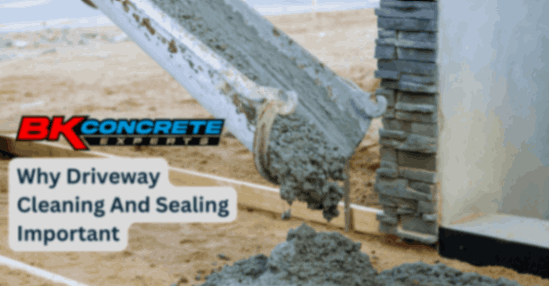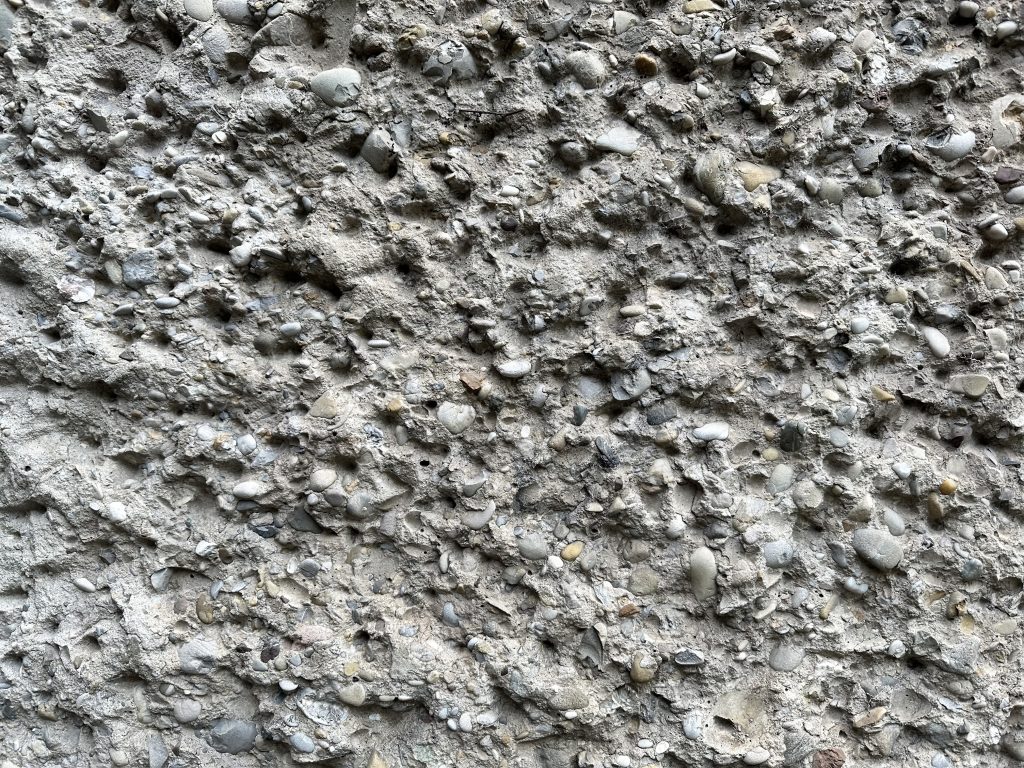Sidewalk repair is an essential aspect of maintaining both the functionality and the appearance of pedestrian pathways. Over time, sidewalks can suffer from various issues such as cracking, uneven surfaces, chipping, and pitting. These damages not only detract from the curb appeal but can also pose safety hazards. It’s important for property owners and municipalities to address these problems promptly to ensure a safe and aesthetically pleasing walkway.

Concrete is the most common material used for sidewalks due to its durability and ease of maintenance. However, even this sturdy material is vulnerable to the elements and everyday wear and tear, leading to the need for repairs. Various methods can be used to restore a sidewalk to its original condition, such as patching up smaller cracks or conducting a complete leveling of larger areas. The chosen repair strategy often depends on the extent of the damage and the specific requirements of the sidewalk’s location.
Maintaining sidewalks not only improves pedestrian safety but also enhances curb appeal—a critical factor in property valuation. The repair process may range from simple DIY fixes for minor issues to professional interventions for more complex cases. Each repair type requires an understanding of the underlying problems and the most effective restoration techniques. With regular maintenance, sidewalks can maintain their structural integrity and contribute to a well-kept urban landscape.
Understanding Sidewalk Damage
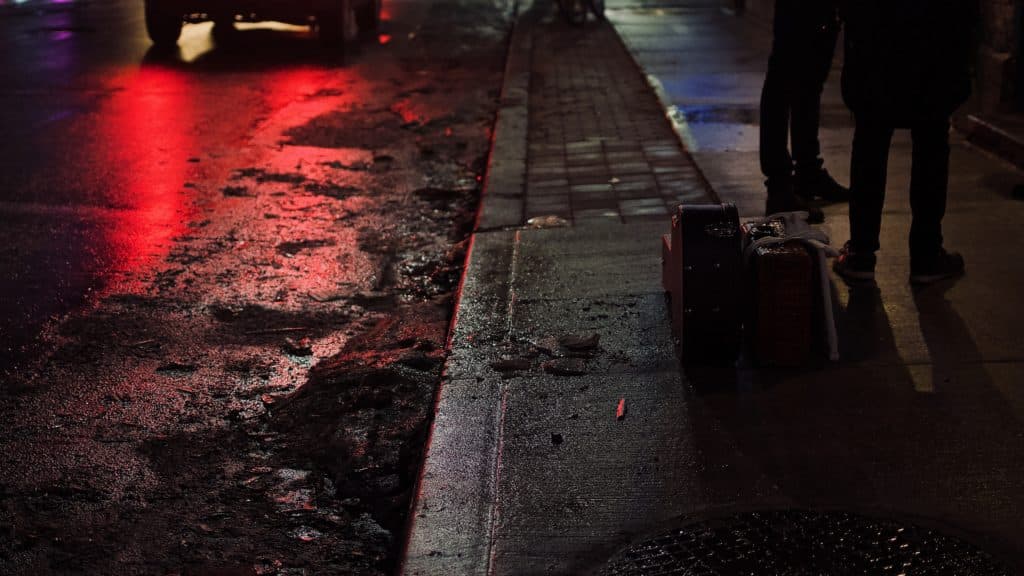
Effective sidewalk maintenance hinges on recognizing the early signs of damage and understanding the factors that contribute to the deterioration of concrete surfaces.
Identifying Common Issues
Sidewalks may display a variety of damage types, including cracks, uneven surfaces, and sinking slabs. Cracks can range from hairline fractures to wide gaps, sometimes developing into tripping hazards. Sinking slabs, often a result of soil settlement or erosion, lead to uneven pathways that pose safety concerns for pedestrians.
Assessing Sidewalk Age and Durability
The age of a sidewalk is a key factor in its durability; older sidewalks have typically weathered more environmental stress and may require more frequent inspection and maintenance. It is crucial for property owners to assess the age of their sidewalks to proactively address potential issues before they become significant hazards.
Causes of Sidewalk Deterioration
Various factors can incite sidewalk deterioration. Water infiltration, especially freeze-thaw cycles, can exacerbate cracks and destabilize the subgrade, while ground movement from natural shifting or heavy loads can strain the concrete’s structural integrity. Moreover, tree roots growing beneath the surface can displace and damage sections of the pavement.
Sidewalk Repair Techniques
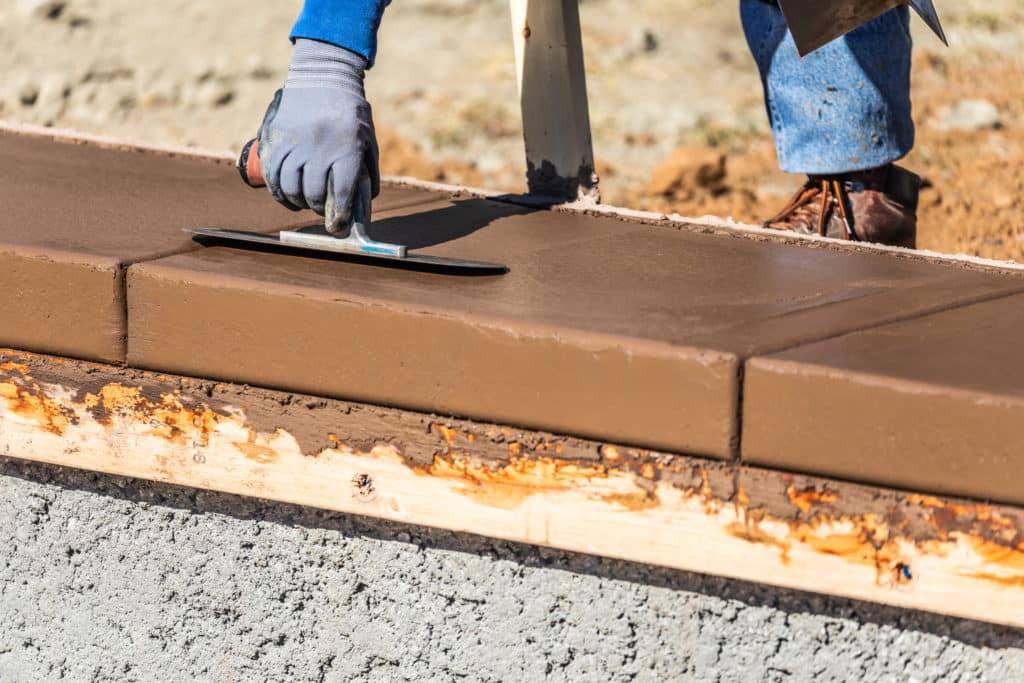
Proper sidewalk maintenance not only enhances curb appeal but is also essential for safety. To this end, a variety of methods are recommended, ranging from sealing cracks to rectifying uneven surfaces, each ensuring longevity and functionality of the sidewalk.
Crack Repair and Sealing
Cracks are common in sidewalks and if left untreated, they can lead to larger issues. The process to repair these faults typically involves thorough cleaning of the crack, followed by the application of a robust concrete repair product such as epoxy or urethane-based sealant. Once filled, the area should be smoothed and leveled to match the surrounding concrete, preventing moisture penetration and further deterioration.
- Materials Needed: Epoxy or urethane-based sealant
- Tools Required: Caulking gun, putty knife
- Procedure:
- Clean the crack to remove debris.
- Inject sealant into the crack.
- Smooth the surface for a seamless finish.
Concrete Leveling Methods
Uneven sidewalks result from various factors such as soil settlement or tree root growth. Techniques like mudjacking and concrete leveling are employed to correct these irregularities. These involve drilling holes into the sunken concrete and pumping a mixture beneath the slab to raise it to the desired level. It is a cost-effective and less disruptive alternative to full slab replacement.
- Mudjacking Benefits:
- Cost-effective
- Less disruptive than slab replacement
Resurfacing and Texture Renewal
Over time, sidewalks may exhibit spalling or loss of texture due to weathering. Resurfacing involves applying a new concrete layer over the existing sidewalk, which can be textured to provide a non-slip surface and improved appearance. Additional techniques such as stain application or pressure washing can be used to renew the color and clarity of the existing concrete before resurfacing. Regular maintenance ensures a prolonged lifespan and aesthetically pleasing surface.
- Resurfacing Steps:
- Clean the surface with pressure washing.
- Repair any underlying issues.
- Apply fresh concrete and texture as needed.
- Cure the surface properly to prevent immediate wear.
Full Sidewalk Replacement
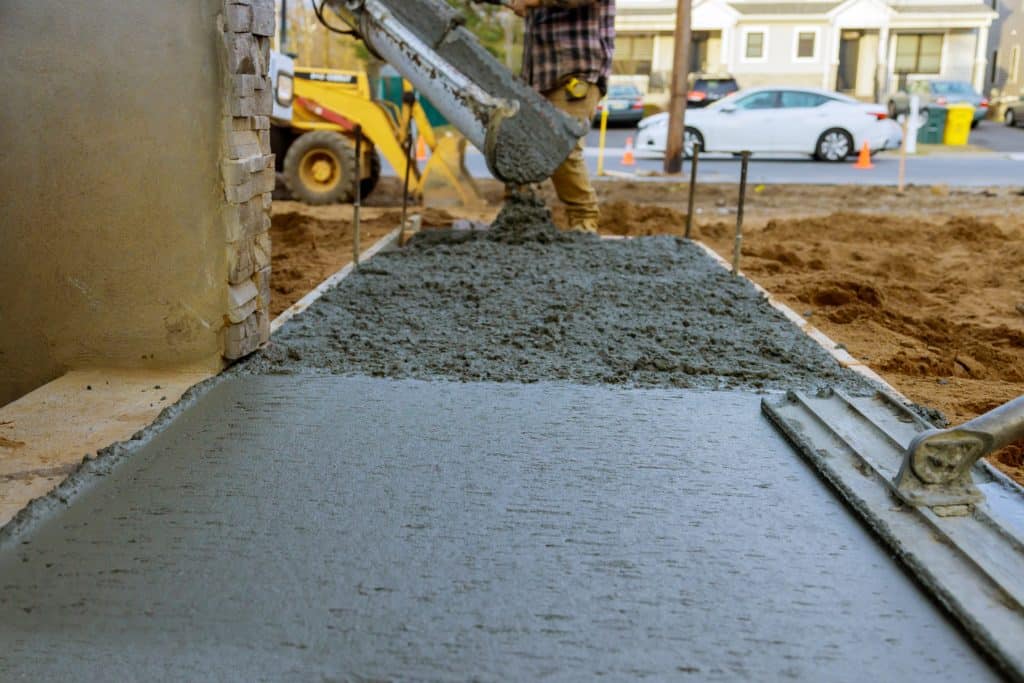
When a sidewalk has sustained extensive damage or substantial settling, full sidewalk replacement may be the most viable solution. This ensures the safety and longevity of the pedestrian pathway.
Evaluating Replacement vs Repair
In evaluating whether to replace or repair a sidewalk, one must consider the extent of the damaged concrete. Small cracks or minor unevenness may be suitable for repair. However, complete replacement is often necessary when there’s significant settling concrete or when the damage poses safety hazards. Professionals can assess the structural integrity and advise on the necessary course of action.
Concrete Slab Replacement Process
The process of replacing a concrete slab involves several steps:
- Removal: The first step is the demolition and removal of the existing damaged concrete. This may include cutting the slab into sections for easier removal.
- Preparation: The base is then prepared, which may involve re-grading to prevent future settling concrete. A new base of compacted sand or gravel is laid to provide a stable foundation.
- Pouring: A form is constructed around the area’s perimeter, and then new concrete is poured into the form. This is the critical phase where the size and shape of the new sidewalk are defined.
- Finishing: After the concrete is leveled and smoothed, it can be finished with various textures or patterns. The concrete is then allowed to cure, a period that can last several days depending on weather conditions and the thickness of the slab.
- Curing: To ensure the replacement sidewalk is strong and durable, proper curing of the concrete is crucial. This involves maintaining the right moisture and temperature conditions until the concrete reaches the desired strength.
Costs and Considerations

When addressing the financial aspects of sidewalk repair, homeowners and property managers must consider both immediate and long-term expenses. Not only does one need to assess the extent of damage and repair needs, but it’s also crucial to understand the associated labor and material costs, as well as the potential increase in property value post-repair.
Estimating Repair and Replacement Costs
The cost of sidewalk repair can vary considerably depending on the scope of work. Minor repairs such as caulking may be as low as a few hundred dollars, while more extensive repairs like leveling and resurfacing can exceed a few thousand. For instance, repairing a standard 250 square foot section may typically range from $1,750 to $2,500. These expenses are influenced by the degree of damage, accessibility of the site, and local pricing trends.
Understanding Labor and Material Expenses
Labor costs tend to be a substantial portion of overall expenses, especially for more labor-intensive repairs. A concrete contractor might charge based on time needed to complete the job or a flat fee for the project. Besides, the choice of materials, whether standard concrete mix or a composite, can change the price significantly. Add to that the potential need for reinforcement materials like rebar, which strengthen the concrete and improve longevity, and material costs can make up a notable part of the total cost.
Long-Term Investment and Value
Investing in sidewalk repair is not just about fixing a problem but also about making a long-term investment in the property. Quality repairs can lead to increased return on investment through enhanced curb appeal and extended lifespan of the sidewalks. In many cases, the choice of a skilled concrete contractor will ensure repairs last longer, thereby providing better value over time. They understand how to mitigate future issues, ultimately safeguarding against frequent and costly repairs.
Preventative Measures and Maintenance
Proper prevention and maintenance of sidewalks are essential for ensuring their longevity and safety. Focusing on protective measures and adhering to maintenance routines can significantly reduce the need for costly repairs and mitigate liabilities arising from accidents on uneven or damaged pathways.
Protective Measures to Extend Lifespans
Protective Sealant Application: Regularly applying a protective sealant can shield sidewalks from the ravages of weather and constant foot traffic. It is crucial to choose a sealant that can bear the weight and durability demands of the pedestrian traffic the sidewalk incurs.
- Sealing Material: Use commercial-grade polyurethane or acrylic-based sealants.
- Frequency: Apply every 2-3 years, or as recommended by the manufacturer.
Routine Maintenance Practices
Immediate Attention to Safety Hazards: To maintain safety, small cracks and holes should be addressed promptly before they expand, potentially becoming trip hazards.
- Inspections: Conduct routine inspections monthly or quarterly.
- Temporary Measures: Implement swift, temporary fixes as soon as issues are discovered to minimize liability and enhance durability.
Scheduled Cleaning and Repair: Keep sidewalks free of debris and promptly repair any damage.
- Cleaning: Schedule power washing and sweeping to prevent build-ups that can degrade the sidewalk material.
- Repairs: Fill cracks as part of a regular maintenance schedule to extend the pavement’s life.
By adopting these preventative measures and maintenance practices, cities and property owners can ensure that pedestrian pathways remain safe and in good condition for long-term use.

 CALL US NOW
CALL US NOW